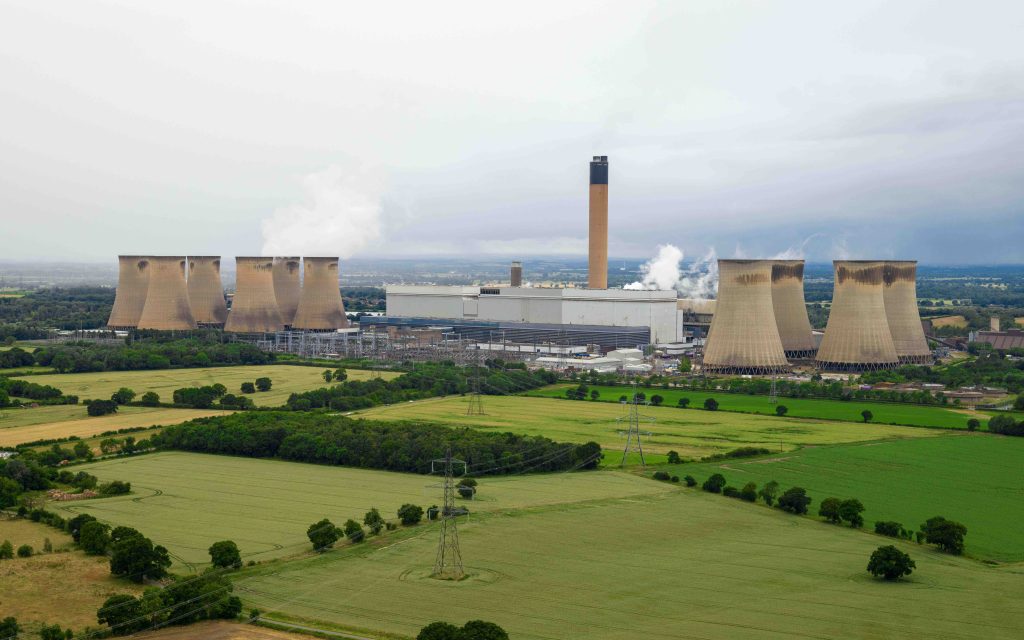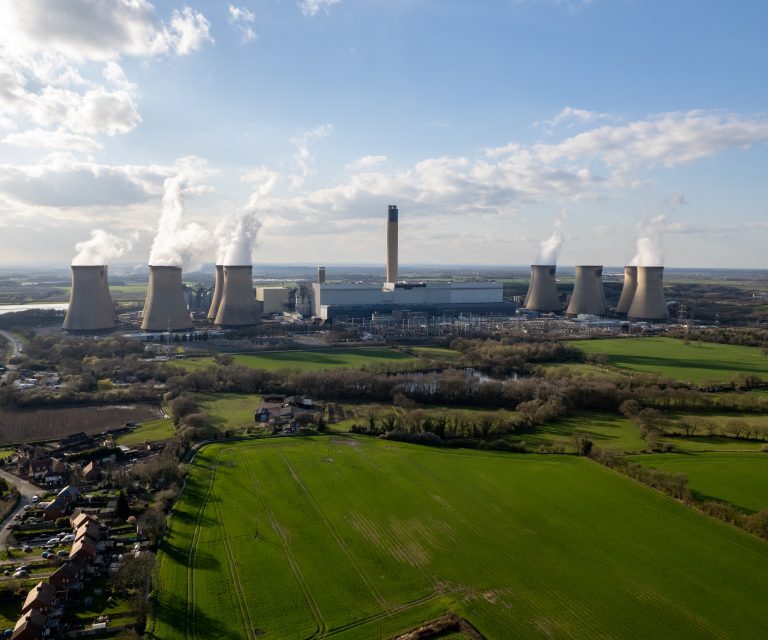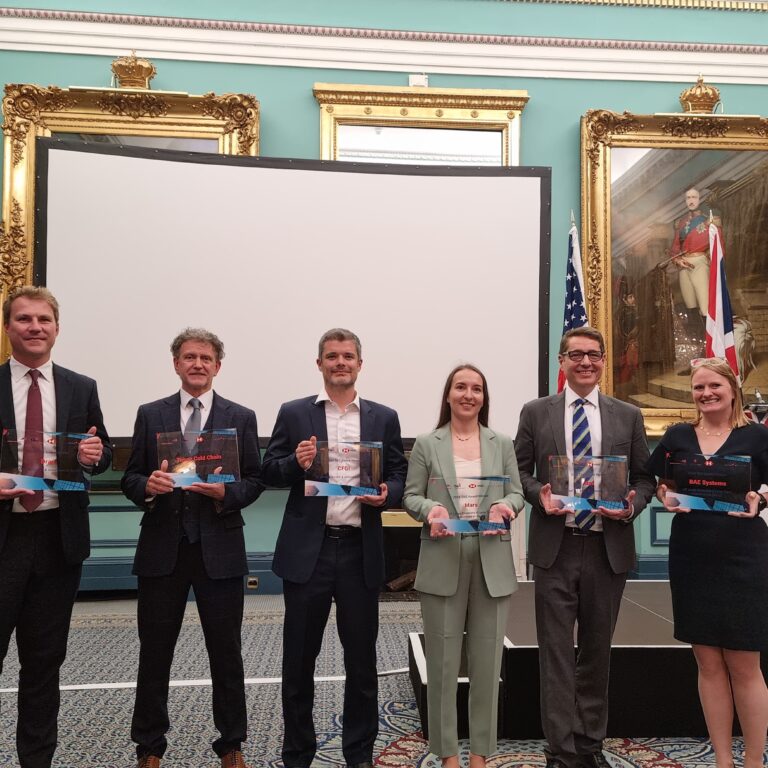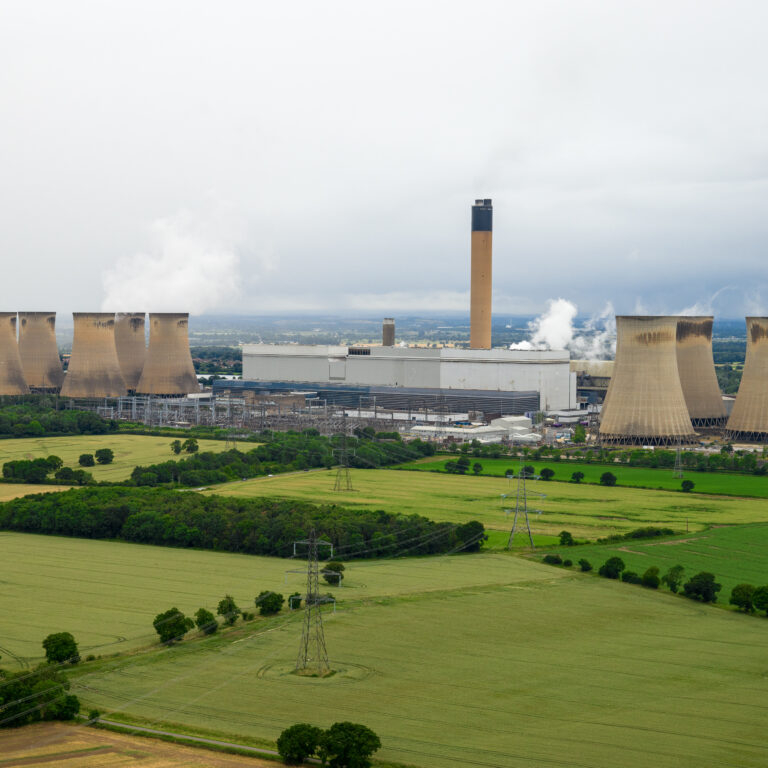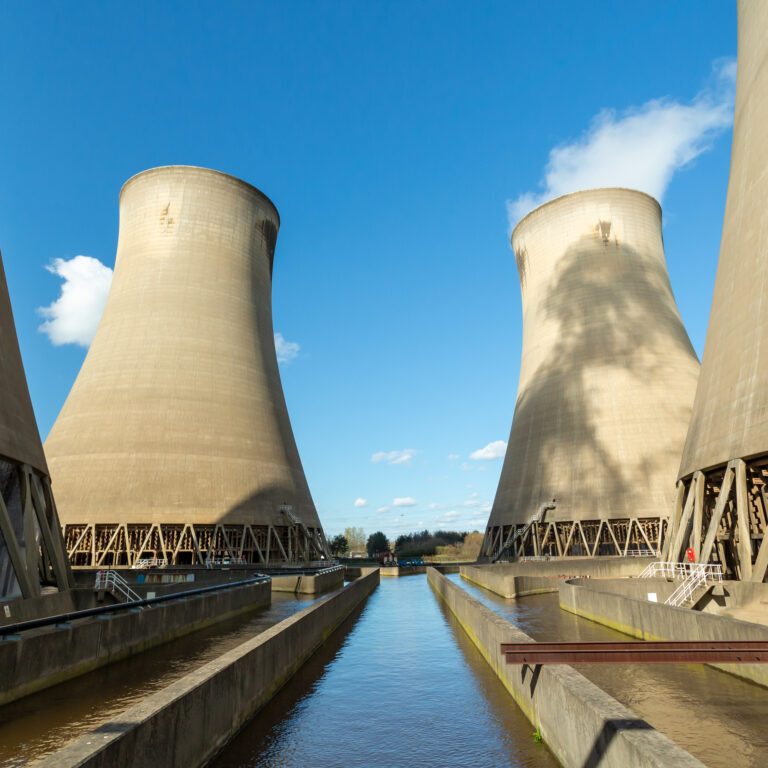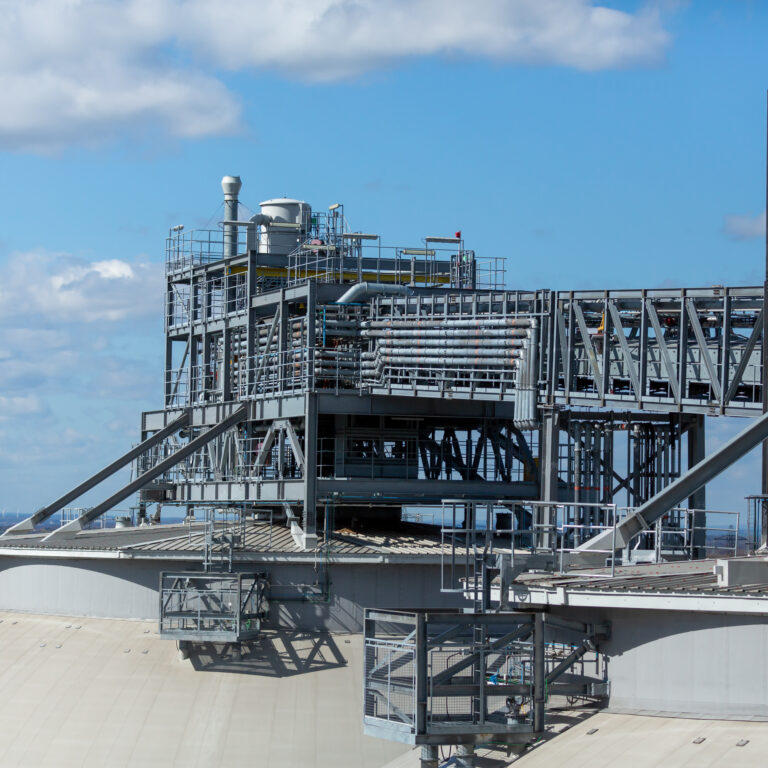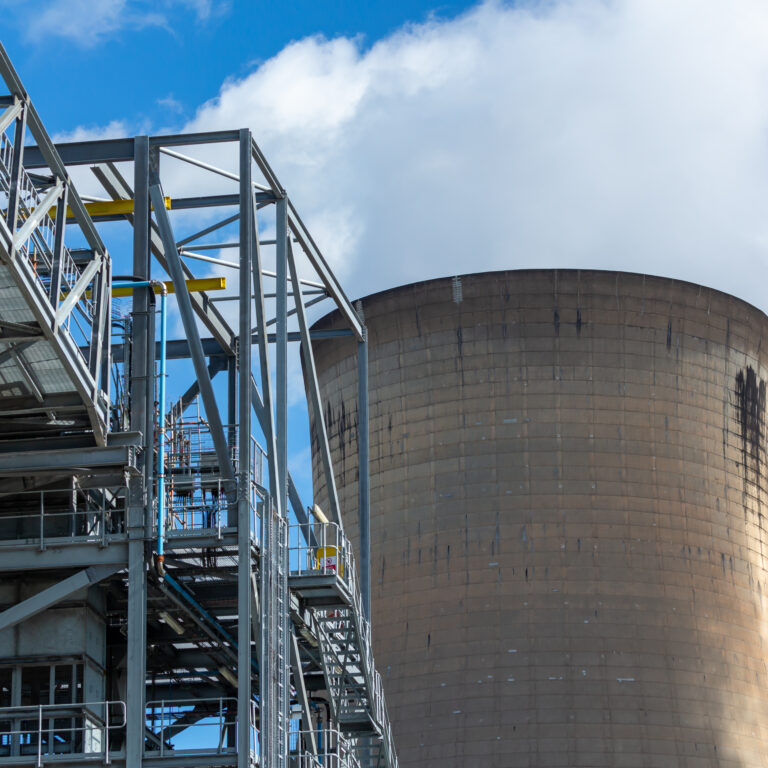Summary
- Ember’s modelling approach has used a number of assumptions that do not align with Drax’s current project ambitions or the government’s proposed design of the power-BECCS business model.
- Ember’s analysis is based on a four-unit deployment of BECCS. Drax’s current project plans and planning consent anticipate a two-unit conversion to BECCS.
- The analysis has also assumed a 25-year term for any power-BECCS contract, current government proposals are for a 15-year deal.
- The likely power-BECCS business model will be a dual CfD for carbon and power, with revenues earned in the Emissions Trading Scheme and Voluntary Carbon Market significantly reducing the amount of support required from the UK government.
- Ember have not given appropriate consideration to the counterfactual of BECCS at Drax. Baringa analysis shows that BECCS at Drax could, save the UK £15bn in whole economy costs between 2030 and 2050 providing a more efficient, cost effective and straightforward pathway to meeting Net Zero targets than other potential options
Recent steps from the UK Government have been a vote of confidence in our plans to deliver bioenergy with carbon capture and storage (BECCS) at Drax’s power station in North Yorkshire, to deliver the world’s largest carbon dioxide removal facility. These decisions show the clear case and backing there is for Drax’s operations in Yorkshire and the Humber and the workers and communities that make this possible. Alongside planning consent, the Government also began consulting on a mechanism to facilitate large-scale biomass electricity generators to transition to power BECCS. As highlighted by the International Energy Agency, BECCS is the only technology that can both remove carbon and produce energy. These two steps together illustrate the decisions needed to ensure the UK’s energy security.
Last week, we also saw a number of media reports about the cost of BECCS at Drax Power Station. Many of these reports were driven by a piece of analysis undertaken by Ember. Scrutiny on government expenditure is important, but it is critical that the assumptions made in determining the analysis are carefully considered and based on up-to-date information.
Ember’s analysis ‘Drax’s BECCS project climbs in cost to the UK public’ has made a number of incorrect assumptions which do not align to the current proposed design of the power-BECCS business model or Drax’s current project ambitions. As a result, we believe Ember’s estimates relating to the £43bn overall cost of BECCS at Drax, as well as the projected £1.7bn yearly subsidy for BECCS at Drax is overstated.
Three assumptions are of particular note:
- Ember misunderstands Drax’s current plans to deploy power-BECCS at Drax Power Station. They have assumed that Drax converts all four biomass units to operate with carbon capture and storage. However, Drax’s current BECCS project plan, and recently successful Development Consent Order, anticipate a two-unit conversion. Any further development of BECCS beyond two units would require a change to the project plan, new engineering solutions and additional planning consents to be granted. This means that Ember’s assumptions have overestimated Drax’s BECCS deployment (and thus cost per year) by a factor of two.
- Ember has also misunderstood the currently intended structure of a power-BECCS business model. They have assumed that any contract for power-BECCS will be for a 25-year term. In their recent update on the design of the power-BECCS business model, published at the end of last year, the UK Government announced their minded-to position for a power-BECCS business model to have a term length of 15 years. This is broadly in line with business models proposed for other CCUS sectors. In their view, this provides a balance between subsidy costs and achieving negative emissions through delivering a larger volume of carbon removals. As a result, Ember’s assumption of a 25-year term does not accurately reflect the real-world policy development position and means that their assumption of the ‘lifetime costs’ of BECCS at Drax has been significantly overestimated.
- Ember has assumed that a power-BECCS project receives a Contract for Difference (CfD) on power market revenues only, assuming a strike price of £230/MWh. This approach ignores the primary purpose of BECCS which is its ability to produce negative emissions and facilitate the decarbonisation of some of the hardest and/or most expensive sectors of the economy such as aviation and agriculture.
Since some of the earliest proposed designs of the power-BECCS business model were announced back in August 2022, the Government has clearly stated its intent to ensure that remuneration for power-BECCS facilities takes into account both revenues earnable in the power market and in the carbon market. This position has led Government to develop a business model under a ‘dual CfD’ approach; a CfD on power (CfDe) and a CfD on carbon (CfDc). Under this approach, on the CfDc, the Government is exploring options to how a BECCS project will be able to access revenues in carbon markets such as the UK Emissions Trading Scheme (ETS) and Voluntary Carbon Market (VCM) revenues, which displaces revenues under the CfDc. These markets have the potential to bring in private revenues to support BECCS facilities and would reduce the amount of support required from the UK government and the taxpayer under the CfDc. This approach is aligned with the ‘polluter pays’ principle of decarbonisation whereby CO2 intensive companies provide funding to support decarbonisation measures such as BECCS. Examples of this hybrid approach to supporting BECCS projects can be seen with Orsted’s ‘Kalundborg Hub’ which is partly supported by Danish state subsidies and an agreement with Microsoft to purchase negative emissions in the VCM.
This hybrid (dual CfD) approach means that, even if you take Ember’s £230/MWh cost of BECCS at face value, UK energy bill payers will not face a £1.7bn annual bill as claimed. ETS and/or VCM revenues supporting the project (via the CfDc) would have the potential to significantly reduce the amount of Government support required for the project. Later this year, the UK Government intends to consult on the integration of negative emissions into the UK ETS and the role of VCMs.
Ember’s analysis has also not given appropriate consideration to the counterfactual to BECCS at Drax, i.e. what is the incremental cost of the UK meeting its legally binding net zero targets in the absence of the carbon removals delivered by Drax Power Station’s BECCS units? For example, the backing data of Ember’s ‘Cutting the Bills’ report, outlines how a 98% clean electricity system can be achieved by 2030 and the contribution that 0.6GW of BECCS must make in order to achieve this target and reduce electricity bills by £300 per year. For context, 0.6GW of BECCS is approximately equivalent to the power output of one and a half operational Drax BECCS units.
In a report commissioned by Drax and published by Baringa this week, their modelling shows that two units of BECCS at Drax could, if implemented, save the UK £15bn in whole economy costs between 2030 and 2050 providing a more efficient, cost effective, and straightforward pathway to meeting Net Zero targets than other potential options. The other potential options include an investment of £8.5 billion in synthetic natural gas production (using biomass to create gas for consumption in industry etc.), an increase in biomass imports to feed this increase in synthetic natural gas production, the rollout of an additional 735,000 more heat pumps in hard-to-treat homes costing £5 billion, and the additional deployment of onshore and offshore wind costing £3 billion plus associated storage and network costs. Whilst it is recognised that it is impossible to accurately predict the future and no counterfactual can be 100% accurate, it is nonetheless important to develop robust assumptions for a counterfactual to understand savings as well as costs. The overall savings delivered by BECCS at Drax in meeting net zero far outweigh the costs associated with its deployment.
In conclusion, Drax recognises the importance of ensuring that all CCUS and energy projects in the UK represent good value for money for the taxpayer and that differing parties may have different views and assumptions when modelling the cost of a project. We believe that Ember’s interpretation of both the scope of Drax’s BECCS project and the business model being developed to support power-BECCS deployment in the UK has resulted in an inaccurate and overstated picture of the cost of Drax’s BECCS project to UK electricity consumers. We remain committed to discussing these matters with government and remain confident in our ability to demonstrate that our project is value for money and expect that once the power-BECCS business model has been finalised, it is highly likely that the government will publish a full account of the strike price of Drax’s BECCS project, as they do with other CfD supported projects.








